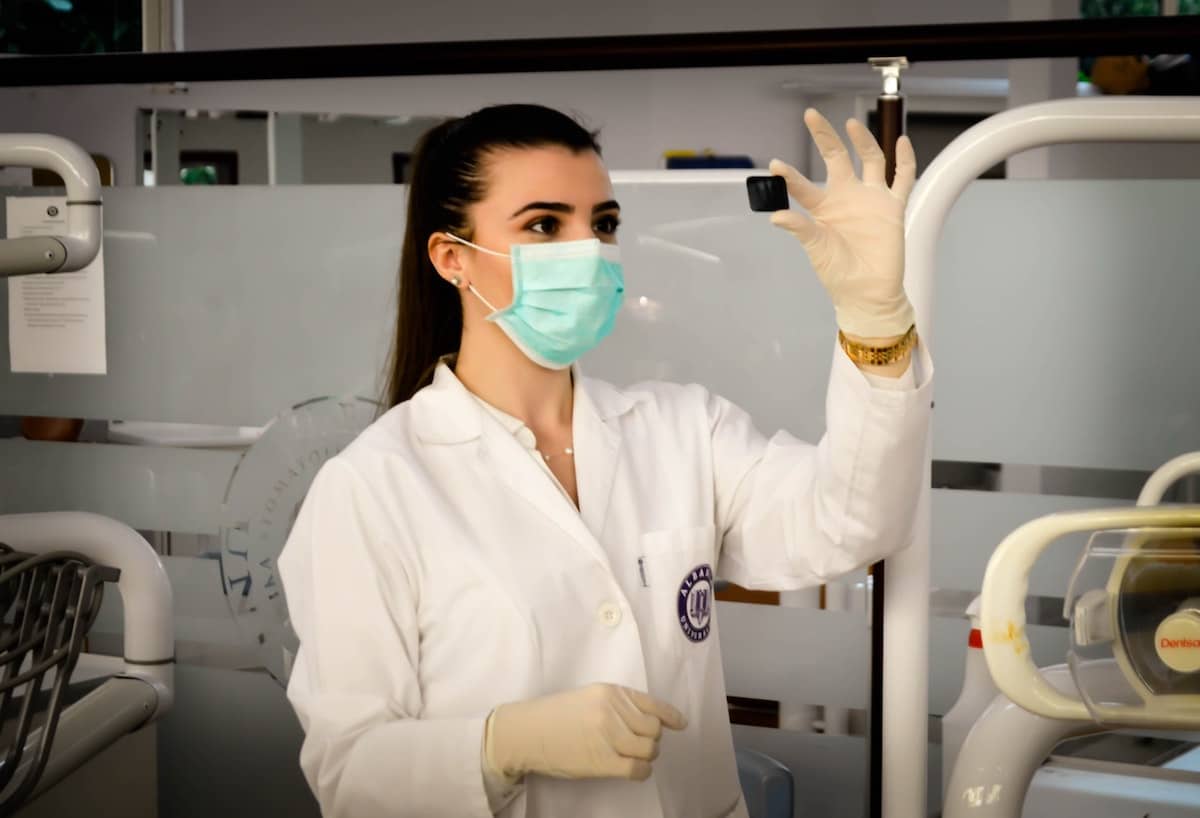Table of Contents
The world has become a global village and the medical needs of multicultural communities are rising every day. People coming from different races, regions, and linguistic groups require to have to counter new problems, and thus creating effective communication has become one of the necessities of the medical industry paving way for the medical translation services.
Translation plays a crucial role to bridge the gap between people and communities who speak different languages. Translation services for healthcare are inevitable to communicate effectively and exchange information between different languages and cultures. Particularly for an industry such as health care, the need of having competent translators who have subject matter expertise is even higher, As it has to deal with human lives and there is no room for errors in it.
Medical translation errors
Proper diagnosis and treatment are tough when it comes to the doctors, nurses and other healthcare staff don’t speak the same language as the patient. Mistakes and negligences can lead to severe consequences. It can get wrong with the diagnosis, and treatment and can cause death too. This is why it is also significant to address the most common errors in medical translation and mention these to translators in their training sessions.
In case of urgency medical translation services online are available and can be hired depending on the situation. As many times translation makes things easier and more convenient for people.
Medical content asks for perfection and error-free text as errors could lead to several problems. The accuracy and its level play a vital role in medical translation as human life is what is at stake and minor negligence can be a threat to life.
1. Translating abbreviations
Translating text, short forms, and abbreviations of the medical content should be perfect and as per the point. However, it often turns out to be mistaken as many medical translators get it wrong and mistranslate the abbreviations. Medical translators have to deal with a lot of abbreviations and short forms where problems arise. Many times different abbreviations are used for the same terms and terminology which further implies that translation should come up with the relevant context too.
As per the research paper titled “The impact of abbreviations on patient safety” published in the joint commission on patient safety, the common abbreviation mistakes include
| Do not use | Potential problem | Use instead |
| U (Unit) | It is taken as ‘0’ (zero) Number 4 or ‘cc’ | Try writing ‘unit’ instead |
| IU (International Unit) | Often mistaken for IV(intervenous) or the number 10 | It is better to write in full words ‘International unit’ |
| MS MSO4 and MgSO4 | It may refer to morphine sulfate or magnesium sulfate; | Better to write ‘morphine sulfate’ ‘Magnesium sulfate’ |
2. Neologisms, synonyms, and evolution
Medical language translation services are full of immense challenges. There are new and unique challenges every day that medical translators have to face and experience. Translators have to be alert and conscious while using the new terms and their synonyms. Moreover, the medical industry is full of obsolete and soon-to-be-obsolete terminology. As medical terminology and text are in constant evolution so neologisms (new medical terms and expressions) and synonyms emerge as the most frequent errors which come in medical translation. As translators often lack in the updating and correction of dictionaries and glossaries.
3. Going to online translators
A lot of medical translators are frequently found doing this practice. Where they consult online translators for their convenience. Online translators though are of great help and can be beneficial in case of emergencies and for translating limited text. The translation management system though has been upgraded and is constantly being improved but it is still way behind when it comes to translating medical text efficiently.
British Medical Journal is a tech-savvy clinician and consultant team. They happened to choose ten phrases that were used by the doctors in the clinical setting and they translated them into 26 languages with Google translate. In order to translate the detailed content, they covered languages of a huge variety of linguistic families which included 8 western European and 5 eastern European with 11 Asian and African languages. The studies then evaluated that the algorithm did not perform well with the western European languages as these approached 74% correct rates. The correct rate for the eastern European languages was 62% and 46% for the Asian language. Also, the overall correct percentage for all languages was 57.7%. So, ‘Google it could be a common phrase that we are told and we tell others to look for the solution to every problem however it doesn’t go well with professional translations.
4. Poorly trained translators
Incompetent and new translators are the most common source of producing below-average medical content. Healthcare translation services are supposed to be accurate, and precise and adhere to particular rules and regulations. The translators which don’t get proper training in translating medical text and those who do not realize the responsibilities that medical translation comes with can lead to chaotic and severe situations.
Therefore the healthcare translation company should make sure that they offer top-notch translation services with experienced translators.
Final words
Medical content requires professional and trained translators with relevant experience and subject matter expertise. Despite the professional translators, there are a few errors that are repeatedly observed in medical translation and it is important to take care of these mistakes to avoid serious loss.


